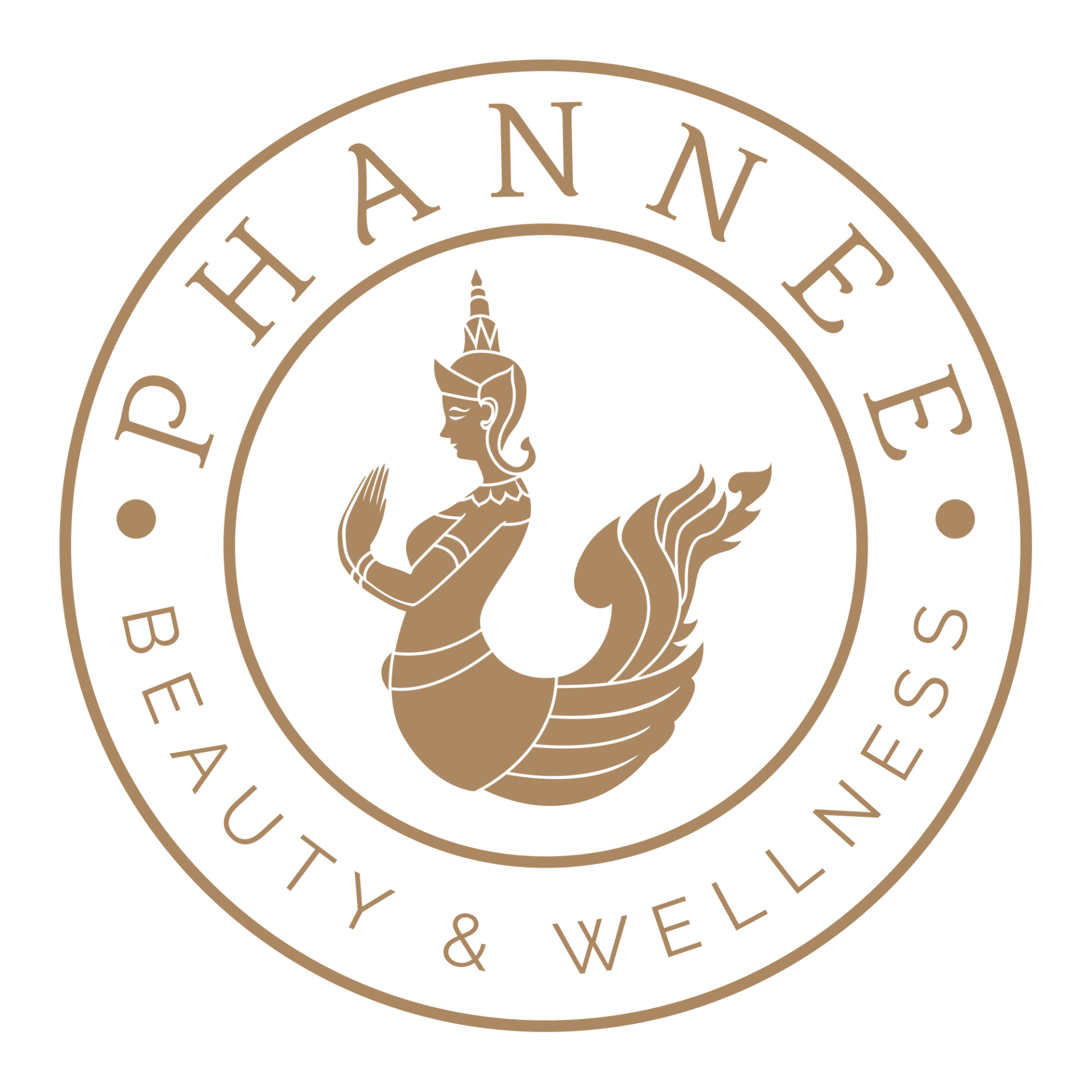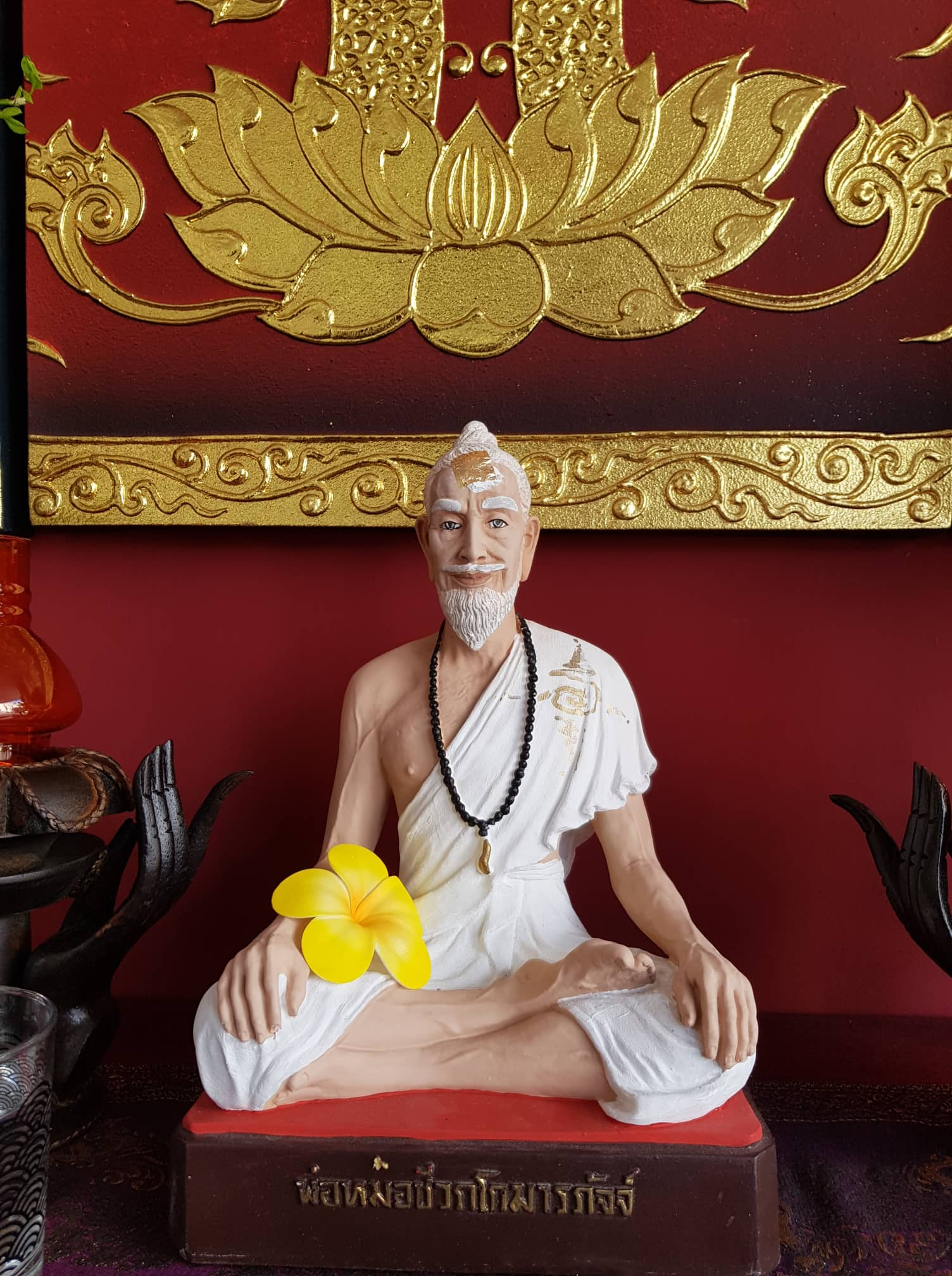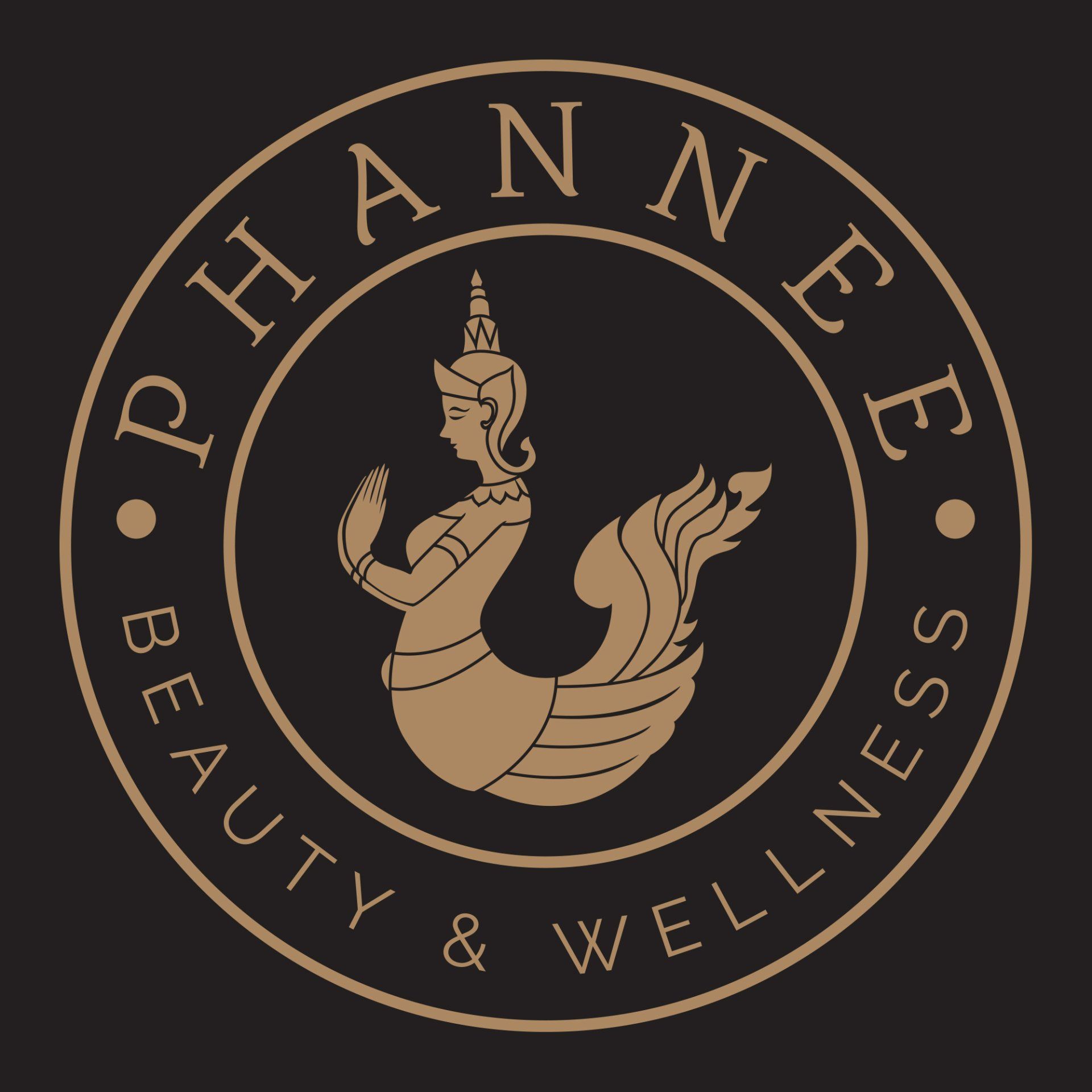What is traditional Thai massage?
Figure 1 Jivaka Komarabhacca, "inventor" of Thai massage The origin of the classic Thai massage is attributed to Jivaka Komarabhacca, an Indian doctor who was a contemporary of Buddha, and is therefore in the 5th century. to date before Christ. It was then brought to Southeast Asia by monks. The traditional Thai massage, formerly also called Siam Thai massage, is also connected to Buddhism in its current practice. It is used with metta (a common term for living kindness in southern Buddhism). The masters are usually deeply religious people who perform the massage in states of mindfulness, equanimity, compassion and compassionate joy. Despite the term "Thai massage" used in everyday language, this complex treatment is not an "anatomical" massage according to Western understanding. The TTM (TTM = traditional Thai massage) is one of the so-called holistic healing methods and assumes that energy channels (meridians) run in the body. It is based on the Indian Ayurvedic system of 72,000 energy lines (nadis). The classic Thai massage works on ten of these lines. Energy points (known as acupressure points in Japanese Shiatsu) lie on these lines. According to the Ayurvedic point of view, people are supplied with Prana or Qi, the life energy, via these lines. This is supplied to the body through breathing. In the stretching positions of the Thai massage, the muscles consume oxygen and the patient is encouraged to breathe more deeply. Intensive pressure techniques also cause increased breathing. A deep breath promotes relaxation and regeneration. Headaches, nausea, constipation, diarrhea, tinnitus, insomnia, shock, coughing, knee and back pain and dizziness are just a few examples of areas for which the TTM is used in its homeland. The classic Thai massage is a full body treatment. It extends from foot to head, in the back, side, sitting or prone position. In addition, the treatment can be extended by the use of hot herbal compresses. The body is moved passively so that muscles, tendons and ligaments can be stretched and joints can be loosened. A deep state of relaxation is reached. The flow of life is brought into a harmonious flow balance (balancing of yin and yang) and strengthened. The work is always selective, ie with thumb and palm pressure, with arms, elbows, legs, knees and feet. Contents of the massage are acupressure, stretching, tapping and stretching techniques, reflex zone massage, yoga elements and "walking on the back". It is often carried out on the ground. For cultural and religious reasons, the person to be treated is clothed during the massage. A session in Thailand is always understood as a full body treatment and usually lasts 1-2.5 hours (at least 90 minutes, as the sequence of treatment points simply takes time). Like all Far Eastern treatment concepts, the Thai massage is primarily geared towards health care. Although the classic Thai massage is not seen as a remedy in this country and can therefore "only" be described as a wellness treatment, the Thai massage also has scientifically verifiable positive effects on the body. It stimulates blood circulation, relaxes the muscles, posture and mobility are promoted; In addition to blood circulation, the lymph flow and the production of synovial fluid are also stimulated. In Thailand, massage is practiced as a natural part of everyday life, both at home and in the hospital, and is ubiquitous. It is a way at affordable prices to activate the physical system under a holistic philosophy.
New Tex What is Thai Massage - This is what UNESCO says about Thai massage (Nuad Thai):
The UNESCO report on the "World Heritage Site" Nuad Thai - Thai massage from 12.12.2019






